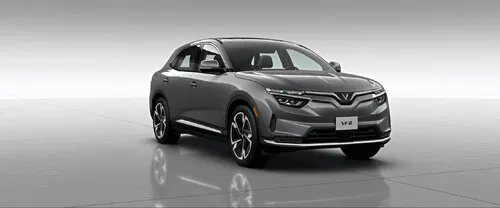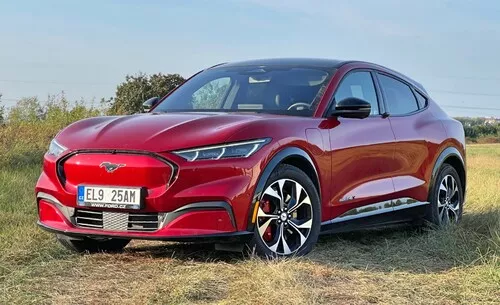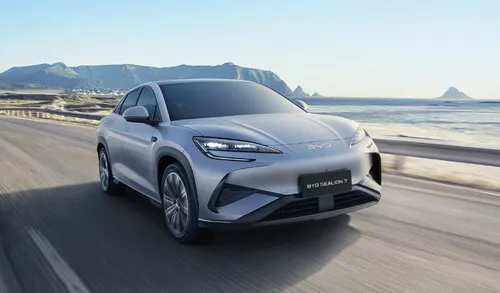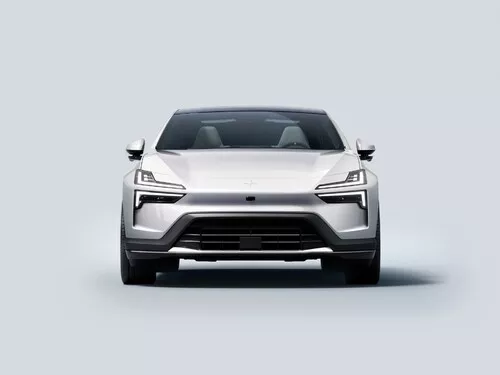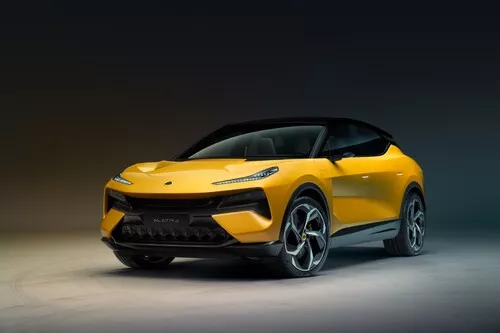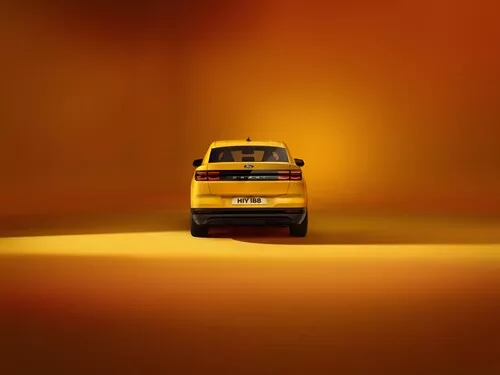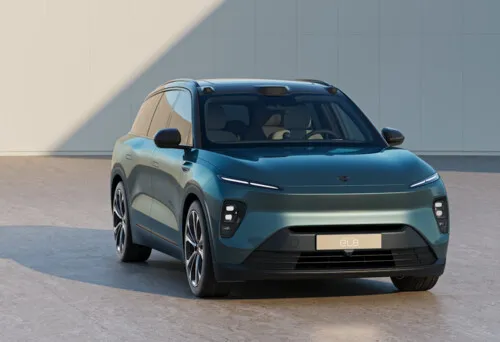Comparison: Turning circle Hyundai IONIQ 5 vs. competitors 2025
Welcome to the realm of scrupulous vehicular analysis, where the twist and twirl of a car's dance upon tarmac are as vital as the very air in its tyres. Today, we pirouette around the digital ballet stage discussing none other than the Hyundai IONIQ 5's turning circle, a critical yet oft-overlooked parameter of automotive agility. Clench your motoring diaries, as we delve into whether this futuristic chariot can handle itself in the automotive equivalent of Swan Lake, or if it's more tethered pachyderm than lithe ballerina.
Hyundai IONIQ 5 - How has the turning circle changed over the generations?
The Hyundai IONIQ 5, as fresh as morning dew, has no predecessors with which to compare its pirouetting prowess. Since its debut in the year 2021, it has only one generation gracing the blacktop as of now. Sporting a turning circle that might seem Beef Wellington-sized at 12.00 meters, it's certainly not the twirliest dancer at the ball. However, with a boot that could swallow king-size duvets at 1587 litres with rear seats folded, it's trying to balance grace with space—a tricky twostep even for the most seasoned of car choreographers.
Variants
The turning circle compared to other Hyundai models
In the grand ballet of Hyundai's lineup, the IONIQ 5 finds itself executing pas de bourrées amongst cousins with tighter pirouettes. Saunter over, and you'll notice the nimble Hyundai i10 patting itself on the back with a 9.80-meter display of dexterity. Meanwhile, the sleek and sensible Hyundai Bayon, i20, and Kona all tiptoe around the stage with a more respectable 10.40 meters. The larger ensemble members, like the Santa Fe and the Staria, lumber with a more dignified 11.40 and 11.90 meters, respectively. So, while the IONIQ 5 does embody modernity, in terms of turning circles, it's more of a spacious soloist than a nimble lead.
How does the turning circle of the Hyundai IONIQ 5 compare to it's nearest competitors?
When sidestepping through the crowd of rival transportation terpsichoreans, the IONIQ 5 waltzes into a room of competent competitors. For comparison's sake, the svelte KIA Stonic struts about confidently at 10.40 meters, denying any sign of its shorter 4140 mm length and 2580 mm wheelbase. The Mitsubishi Eclipse Cross and the KIA XCeed both cut rugs at 10.60 meters, despite their differing dimensions, whereas the VW T-Roc elevates itself with a larger 11.10-meter swath despite sharing similar SUV stage roles. If we're discussing spacious crossovers like the Skoda Kodiaq or the Volvo XC60, they're quite a stride away at a grander 12.20 meters and 11.90 meters respectively, but to be fair, they are also stretching the seams of their segment with larger statures. Therefore, the IONIQ 5 sits amidst its peers—neither leading nor lagging—in the waltz of wheelbase versus turning tenacity.
Hyundai IONIQ 5 vs. similar cars
-
Ford Explorer EV 2024 9 m
-
Audi Q4 e-tron 2021 10 m
-
Skoda Enyaq 2021 10 m
-
Nissan Ariya 2022 10 m
-
KGM Torres EVX 2025 10 m
-
Ford Mustang Mach-E 2020 11 m
-
BYD Sealion 7 2024 11 m
-
XPeng G9 2024 11 m
-
Polestar 4 2024 11 m
-
Volvo EX90 2023 11 m
-
ZEEKR X 2024 11 m
-
Deepal S07 2025 11 m
-
KIA EV6 2024 11 m
-
 smart #3 2023
11 m
smart #3 2023
11 m
-
 smart #1 2022
11 m
smart #1 2022
11 m
-
BYD Seal U 2024 11 m
-
Toyota bZ4X 2022 11 m
-
Hyundai IONIQ 5 2024 12 m
-
NIO EL7 2023 12 m
-
NIO EL8 2024 12 m
-
BMW iX 2025 12 m
-
Tesla Model X 2021 12 m
-
Mercedes-Benz EQE SUV 2023 12 m
Similar cars
